- sort orderDefault
Photo title, A → Z
Photo title, Z → A
✔ Date created, new → old
Date created, old → new
Date posted, new → old
Date posted, old → new
Visits, high → low
Random - Google Map
- map
 home / Insecta · vabzdžiai / Hymenoptera · plėviasparniai / Formicidae · skruzdėlės / Camponotus herculeanus · skruzdėlė
home / Insecta · vabzdžiai / Hymenoptera · plėviasparniai / Formicidae · skruzdėlės / Camponotus herculeanus · skruzdėlė

-
 Camponotus herculeanus male · skruzdėlė ♂
Camponotus herculeanus male · skruzdėlė ♂
-
 Camponotus herculeanus queen · skruzdėlė ♀
Camponotus herculeanus queen · skruzdėlė ♀
-
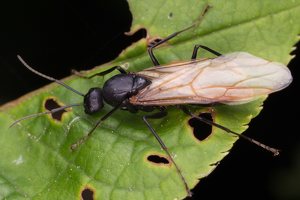 Camponotus herculeanus male · skruzdėlė ♂
Camponotus herculeanus male · skruzdėlė ♂
-
 Camponotus herculeanus male · skruzdėlė ♂
Camponotus herculeanus male · skruzdėlė ♂
-
 Camponotus herculeanus male · skruzdėlė ♂
Camponotus herculeanus male · skruzdėlė ♂
-
 Camponotus herculeanus queen · skruzdėlė ♀
Camponotus herculeanus queen · skruzdėlė ♀
-
 Camponotus herculeanus queen · skruzdėlė ♀
Camponotus herculeanus queen · skruzdėlė ♀
-
 Camponotus herculeanus queen · skruzdėlė ♀
Camponotus herculeanus queen · skruzdėlė ♀
-
 Camponotus herculeanus queen · skruzdėlė ♀
Camponotus herculeanus queen · skruzdėlė ♀
-
 Camponotus herculeanus queen · skruzdėlė ♀
Camponotus herculeanus queen · skruzdėlė ♀
-
 Camponotus herculeanus queen · skruzdėlė ♀
Camponotus herculeanus queen · skruzdėlė ♀
-
 Camponotus herculeanus queen · skruzdėlė ♀
Camponotus herculeanus queen · skruzdėlė ♀
-
 Camponotus herculeanus male · skruzdėlė ♂
Camponotus herculeanus male · skruzdėlė ♂
-
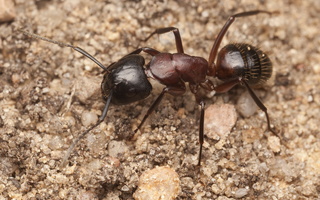 Camponotus herculeanus · skruzdėlė
Camponotus herculeanus · skruzdėlė
-
 Camponotus herculeanus · skruzdėlė
Camponotus herculeanus · skruzdėlė
-
 Camponotus herculeanus · skruzdėlė
Camponotus herculeanus · skruzdėlė
-
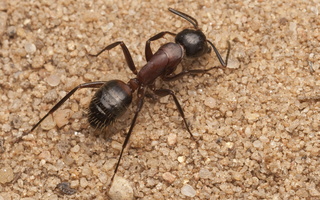 Camponotus herculeanus · skruzdėlė
Camponotus herculeanus · skruzdėlė
-
 Camponotus herculeanus · skruzdėlė
Camponotus herculeanus · skruzdėlė
-
 Camponotus herculeanus · skruzdėlė
Camponotus herculeanus · skruzdėlė
-
 Camponotus herculeanus · skruzdėlė
Camponotus herculeanus · skruzdėlė
-
 Camponotus herculeanus · skruzdėlė
Camponotus herculeanus · skruzdėlė
-
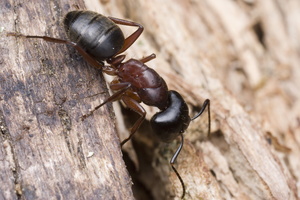 Camponotus herculeanus · skruzdėlė
Camponotus herculeanus · skruzdėlė
-
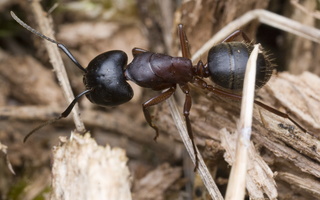 Camponotus herculeanus · skruzdėlė
Camponotus herculeanus · skruzdėlė
-
 Camponotus herculeanus · skruzdėlė
Camponotus herculeanus · skruzdėlė
Camponotus herculeanus · skruzdėlė
- Hercules ant
- Schwarze Rossameise
- tumšā koksnes skudra, tumšā dižskudra
- gmachówka cieśla, gmachówka koniczek
- hushästmyra, granhästmyra, större hästmyra
- en.wikipedia.org/wiki/Camponotus_herculeanus
- antkeepers.com/facts/ant-species/camponotus-herculeanus-carpenter-ant
- gbif.org/species/1312773
It is a species of ant in the genus Camponotus, the carpenter ants, occurring in Northern Eurasia, from Norway to Eastern Siberia, and North America.
The colony consists of one or several wingless females (queens), some fertile males, and three castes of sterile workers, known as majors, intermediates, and minors, in decreasing order of size. The queens are large, about 15 mm in length, and are blackish in colour. The males are a similar colour but about half the size of the queens. The workers usually have blackish heads and gasters, and dark reddish-brown mesosomas, petioles and legs. In majors, the scapes (the long segments of the antenna, before the elbow) are shorter than the length of the head; in intermediates they are about the same length, and in minors, they extend well beyond the back of the head. The head and the dorsal surfaces of the mesosoma and gaster of the largest majors are bristly.
Nests are built in timber, living or rotting trees, stumps, fallen logs and occasionally the structural timbers of buildings. The ants use their strong jaws to excavate galleries and chambers under the bark or in the wood, with a preference for damp wood or timber with fungal decay. In standing trees, their tunnels sometimes extend for 10 m above the ground.